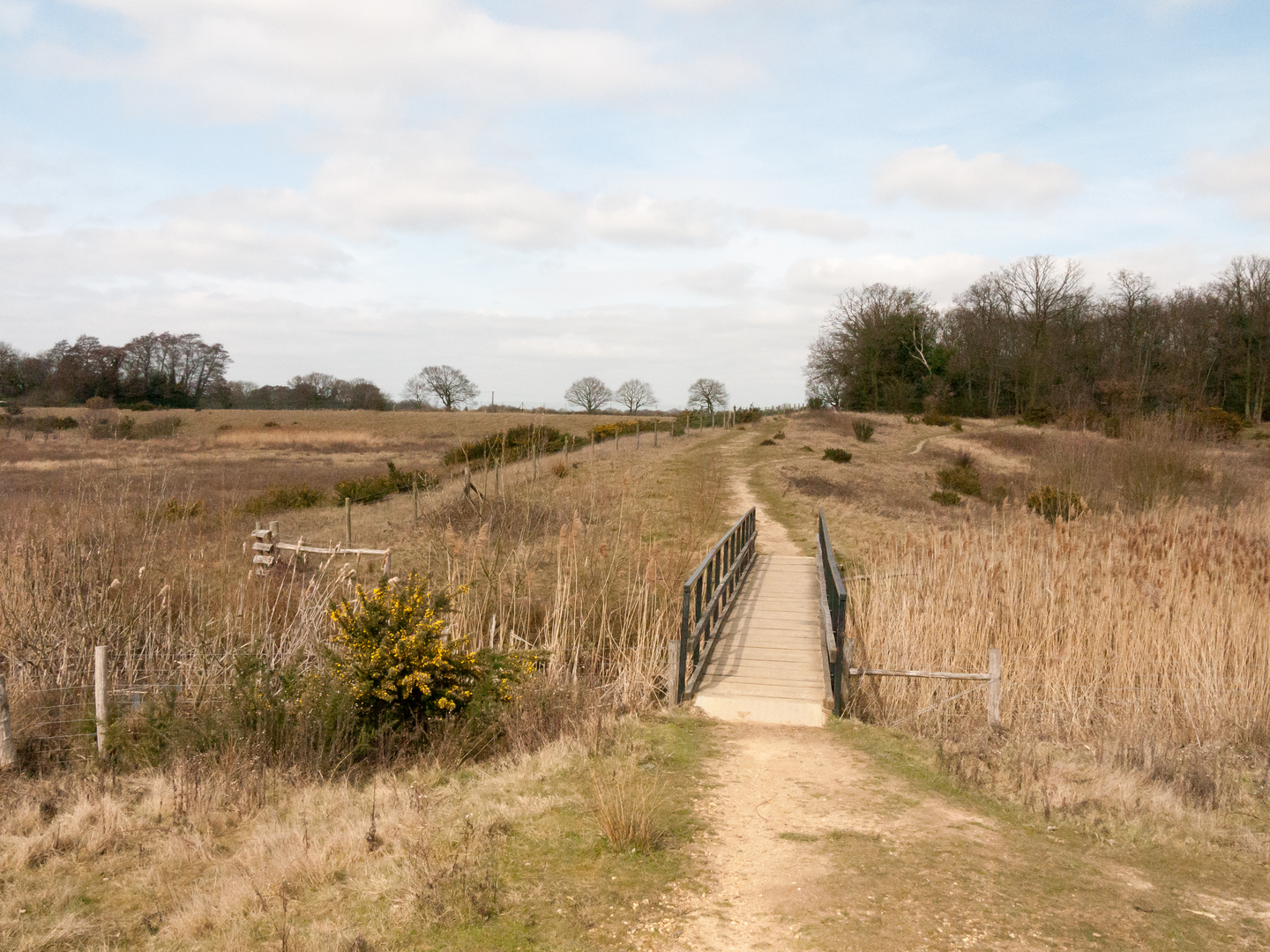Download
Preview
Add to list
More
133.2 km
~7 days
1118 m
Multi-Day
“Embark on the Essex Way, a scenic trek through England's history, nature, and quaint villages.”
Spanning approximately 133 kilometers (about 83 miles) with an elevation gain of around 1100 meters (approximately 3600 feet), the Essex Way is a long-distance footpath that begins in Epping, near the outskirts of London, and concludes in the ancient town of Harwich, on the Essex coast. This point-to-point trail traverses a varied landscape of rolling countryside, woodland, riverside paths, and picturesque villages, offering a medium difficulty rating that makes it accessible to hikers with a reasonable level of fitness.
Getting to the Trailhead
The starting point of the Essex Way is easily accessible from London. Hikers can take the London Underground to Epping Station, which is the last stop on the Central Line. From there, the trailhead is just a short walk away. For those driving, Epping is situated near the M25 and M11 motorways, and there are parking facilities available in the town.
The Route
As you embark on the Essex Way, the initial stretch leads you through the historic Epping Forest, an ancient woodland that once served as a royal hunting ground. The trail then meanders through the gentle hills of rural Essex, with its patchwork of farms and hedgerows.
Passing through the market town of Chipping Ongar, with its Norman castle remains, the path continues eastward, intersecting with the River Chelmer for a time. Hikers will encounter a mix of arable fields, quiet woodlands, and open meadows. The trail is well-marked, but carrying a navigation tool like HiiKER can be helpful for staying on track and identifying nearby amenities.
Landmarks and Wildlife
One of the highlights along the Essex Way is the village of Coggeshall, known for its medieval timber-framed buildings and the Cistercian abbey of St. Mary's, which dates back to the 12th century. The trail also skirts the edge of the Dedham Vale Area of Outstanding Natural Beauty, an area that inspired the paintings of John Constable.
Wildlife enthusiasts may spot a variety of birds, including skylarks and buzzards, as well as deer in the more secluded woodland areas. The path also crosses several nature reserves, where careful observers might catch glimpses of butterflies, dragonflies, and other native species.
Historical Significance
The Essex Way treads through a region steeped in history. From the remnants of Roman occupation to the influence of the Saxons and Normans, the trail offers a journey through time. The path itself is a testament to the age-old tradition of walking in England, connecting modern-day explorers with the landscape and its past inhabitants.
Preparing for the Hike
Given the length of the Essex Way, hikers should plan for a multi-day trek, with accommodations ranging from campgrounds to bed-and-breakfasts available in the villages along the route. It's advisable to carry a detailed map or use a digital navigation tool to locate these facilities. The trail is well-signed, but having a backup for navigation is always prudent.
Water and food supplies should be replenished in the towns and villages encountered along the way, as there are stretches of the path that are quite remote. Suitable walking boots, weather-appropriate clothing, and a first-aid kit are essential for a safe and enjoyable hike.
Conclusion
The Essex Way offers a quintessentially English hiking experience, with its rich tapestry of landscapes, wildlife, and historical landmarks. Whether you're looking for a challenging long-distance walk or an opportunity to immerse yourself in the natural and cultural heritage of Essex, this trail promises a rewarding adventure.
What to expect?
Activity types
Comments and Reviews
User comments, reviews and discussions about the Essex Way, England.
4.64
average rating out of 5
14 rating(s)

